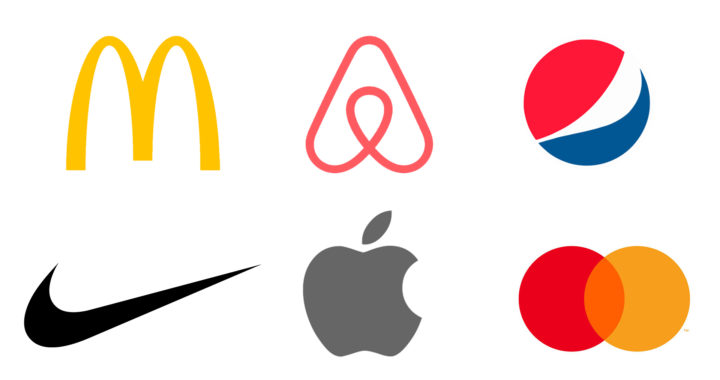There’s a common mistake that many business owners make: they have a logo made, and assume that’s all they need to do to get their business out there.
Logos are a very important part of your business’s visual identity. But in essence, they’re the starting block for everything else you do: how you market your services, the style and feel you’re trying to convey to your customers, and your presence online, in print, and on products. There’s a reason designers charge as much as they do for a logo, and why they spend so much time getting it right—every other part of your visual identity depends on it.
It’s your identity
If you think about some of the most famous and successful products on the market, you’ll see they’re much more than a single logo. Their businesses visually permeate the world with many combinations of logos, words, images, colours, and shapes—whether it’s on product packaging in a supermarket, sprinkled all over social media, popping up in emails, posted all over giant billboards, or wrapped around the bus you’re in. Wherever you want to trade or communicate with your customers, your logo will be there—but it can take many forms, from standing alone, to making its presence subtly known in the bottom right corner of a hero image that’s doing the heavy lifting for the advertisement.
It’s your personality
Your branding identity needs to convey not only what you do but how you do it. Logos can’t do that on their own—they function as part of a predetermined style and identity that conveys how you make your customers feel, and how professional or dynamic or traditional or quirky you and your business are.
Your personality also comes through in the different colour palettes, images, and tone of voice you use. It comes through in the kind of printing you choose—there’s a big difference between the uncoated, recycled cardstock a business might use if they’re primarily concerned with environmental sustainability, and the shiny gold-foiled matte-laminated business card of a high-end property developer.
It’s your professionalism
Consistency is key: it’s no good having a quirky mascot-style logo if you’re trying to market sophisticated, high-end minimalist products. Your logo needs to match the style of your products and services, and all your collateral—letterhead, business cards, website, packaging, and clothing—needs to present your branding identity consistently across every medium you use to trade. Being professional means that your customers can see your style consistently represented at every point of contact, whether you’re conveying understated elegance or approachable cheekiness.
It’s your style
Your brand depends on your logo, but it also depends on the style you choose to communicate in. It’s your tone of voice, the colour palettes you use, the way you present your services. The best way to make sure your branding identity is always consistent and doing justice to your business is to have a style guide.
Your designer can help you to develop a style guide that includes how to use your logo—what sizes you use, what colours it can be on different items, and ways NOT to use it. A style guide can also include your colour palette, and the formulas for replicating those colours on print and digital items. It can even include snippets of how you want to sound when you’re speaking to your customers and the wider world.
Having a style guide means that whatever you need to create—a cover image for your socials, a sticker on a bottle, or an embroidered uniform—will perfectly represent your brand’s identity and support your business’s growth in your slice of the market.
